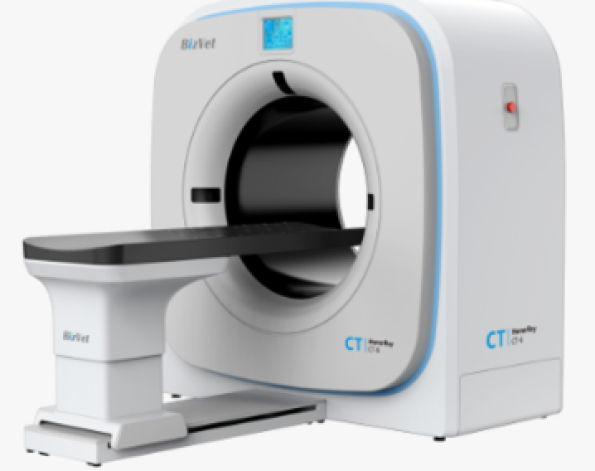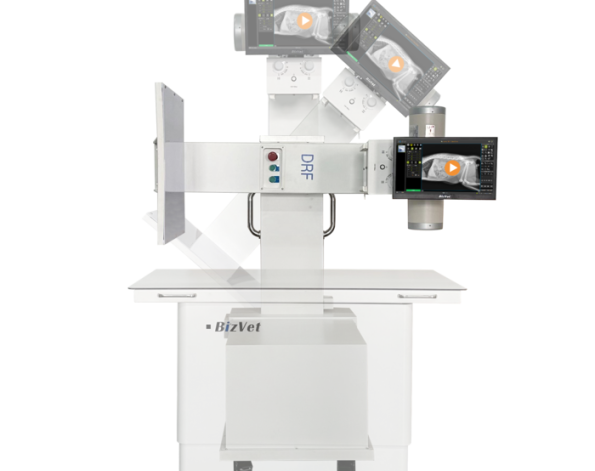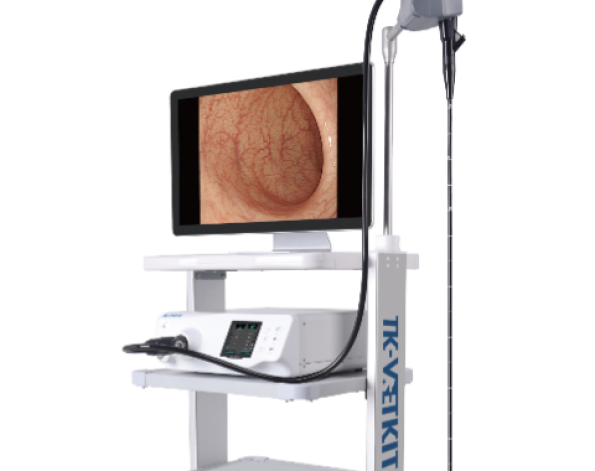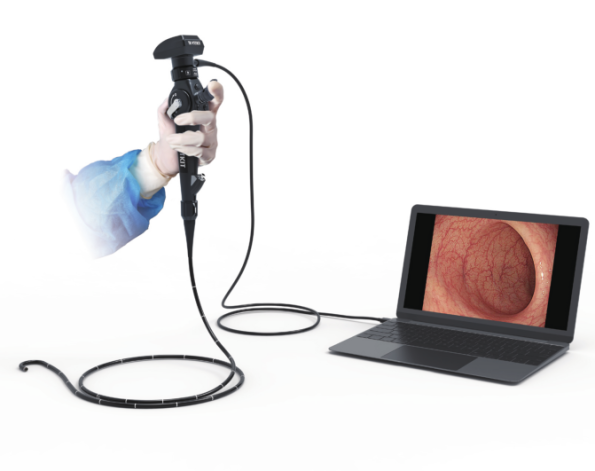ultra 35°
ultra 35° Jumbo
ultra semi
In 1989 considerably reduced compression, smoother section surfaces and improved structural preservation thanks to the use of our ultra 35° knives was demonstrated (J. C. Jésior, Scanning Microscopy Supplement 3, pp. 17 – 153, 1998).
In the meantime, a large number of researchers have recognized the advantages of 35° knives, in particular for sectioning biological specimens of all kinds, non-homogenous specimens, non-decalcified bone, dental material, etc.
The ultra 35° knives are perfect for sectioning relatively soft materials research specimens including metals and polymers, as well as mixed specimens such as polymers filled with nanoparticles, brittle materials such as catalysts, crystals, semiconductors, etc (G. Mahon et al., Microscopy Research and Technique, Vol. 31, pp. 267 – 274, 1995, S. R. Glanvill, Microscopy Research and Technique, Vol. 31, pp. 275 – 284, 1995, P. Swab et al., Mat. Res. Soc. Symp. Proc. Vol. 115, pp. 229 – 234, 1989, P. Schubert-Bischoff et al., Microscopy and Microanalysis, proceedings, page 359, 1997).
The ultra 35° knife has demonstrated it’s usfulness as a standard knife for the majority of applications in both biological and materials research.
The ultra semi knife serves for alternating sectioning ultrathin/semithin, for rather thick sections (for exemple 200-300nm 3D reconstruction, etc.

EM micrograph of an ultramicrotomed section of the anodic alumina film formed on Al-2 wt%Cu alloy. Xiarong Zhou, School of Materials, University of Manchester.
ultra 45°
ultra 45° Jumbo
Acknowledged as the appropriate knife angle for routine sectioning of both biological and materials research specimens, it represents a balanced compromise between section quality and durability.
For the sectioning of a number of hard materials such as ceramics, semiconductors, oxides etc, with the use of the ultra 45° knife a longer service time may be expected. Kindly contact us and make use of our long years experience in all ultramicrotomy applications.

Neuropil of a HP frozen / freeze substituted hippocampus slice culture,
Daniel Studer and Werner Graber, Inst. of Anatomy, University of Bern.
Sectioned with the ultra sonic knife.







